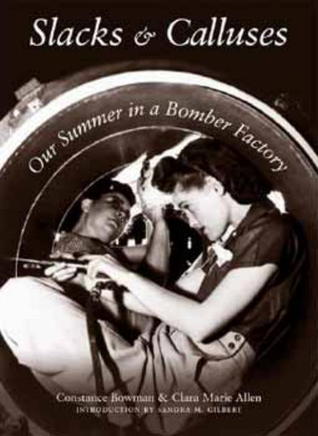What do you think?
Rate this book


200 pages, Paperback
First published January 1, 1944
“It was bad enough to have clerks ignore us, to have the members of our own sex scorn us, but what really hurt was the attitude of men. In one way, we were not women at all as far as they were concerned—if having them give us their seats on a crowded bus or stand aside to let us pass or pick up something we dropped meant that we were women. In another way, we were definitely women to them—"skirts" is the old-fashioned term, although it isn't appropriate today. Men lounging on corners looked us over in a way we didn't like, men grabbed us and followed us and whistled at us. They called us "Sister" in a most unbrotherly way and "Baby" in a most unfatherly way.”
I read Slacks & Calluses: Our Summer in a Bomber Factory for one of my history classes, so I'm not going to do a full review. All I'll say is that this is proof of why women's history (especially from World War II) should be a focus in school, because this book was so damn fascinating.